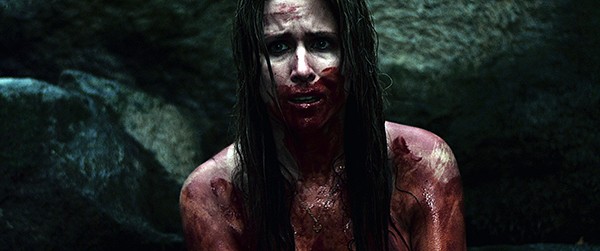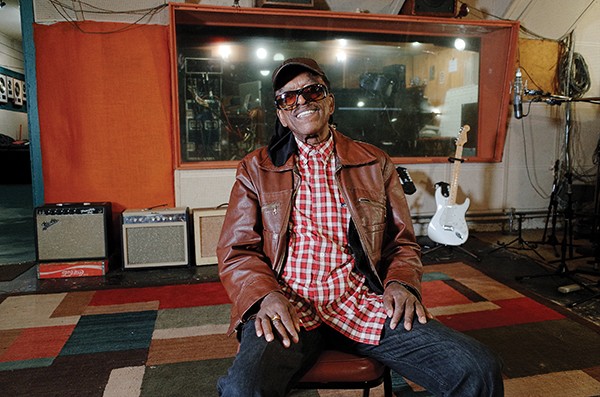Welcome to our final installment of the Indie Memphis Greatest Hits series, which brings our list of the top vote getters in the Best of Indie Memphis poll to the present day. If you need to catch up, here’s part one, part two, part three, and part four.
Lights, Camera, Bullshit (2014)

It’s hard out there for a…well, you know.
14 years after starring in The Poor And Hungry, Eric Tate joined director Chad Allen Barton and Piano Man Pictures to cast a satirical eye on the whole indie film thing. Tate stars as a filmmaker who comes to Memphis to make art, but finds himself constantly sidetracked by increasingly absurd obstacles. His boss is a delusional crook who wants to stay in business despite the fact that his business has literally burned to the ground. And he being hunted by a terrorist organization who wear masks of Presidents. Lights, Camera, Bullshit is a maze of jokes and old school indie surrealism that takes on the myth of the self-sufficient auteur. Tate puts himself in the tradition of Buster Keaton or Harold Lloyd as the last sane man in a world gone nuts.
Comments from voters:
“The irreverence of the story to all things political as a subplot. The main plot was interesting, dealing with a power hungry record producer who hires a young man to work on a film who has his own ideas…. the diversified cast with so many fine performances. The Memphis locations were also a highlight…Also great photography.”
Indie Memphis’ Greatest Hits 5: Lights, Movement, And The Zoo
Anomolisa (2014)
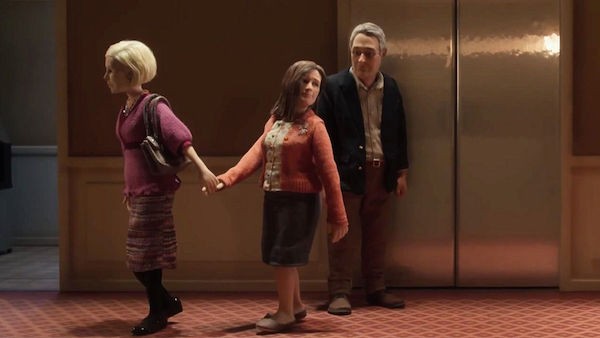
Being John Malkovitch and Adaptation screenwriter Charlie Kaufman used stop motion to adapt his stage play about a man drowning in depression who meets and briefly falls in love with a woman at a conference in an anonymous hotel. It’s safe to say that this is not familiar ground for an animation disciple best known for Ray Harryhausen’s skeletons battling Jason and the Argonauts. Anomolisa uses its formal tricks to great emotional payoff.
Indie Memphis’ Greatest Hits 5: Lights, Movement, And The Zoo (2)
Movement + Location (2014)
Lots of people want to move to the big city, reinvent themselves, and forget their past life. That’s Kim Getty’s (Bodine Boling) plan when she arrives in Brooklyn. What’s different about Kim is that she’s from 400 years in the future, a time when the planet is overcrowded, resources are scarce and life is miserable. Who wouldn’t want to go back to the luxury of the early 21st century, when there was enough clean water to boil pasta? The problem is the past—which is to say, the future—is not done with Kim yet. Movement + Location is directed by Alexis Boling, and the combination of shadowy tension and Bodine’s intense performance made this low-budget sci fi a big Indie Memphis hit.
Indie Memphis’ Greatest Hits 5: Lights, Movement, And The Zoo (3)
The Keepers (2015)
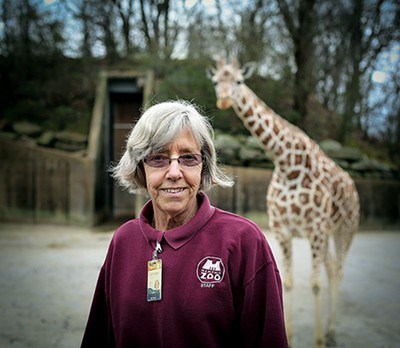
The Keepers won the hearts of the Indie Memphis audiences in 2015 by exploring the relationship between animals and people in a humane and empathetic way. With subjects like the staff of the Memphis Zoo and a skittish teenage giraffe, getting people to care was a matter of patience and editing in this cinéma vérité tour de force. “It was a very tight edit,” says Joanne Self Selvidge, who co-directed The Keepers with Sara Kaye Larson. Amy Scott, who was our editor, is a total badass. She started with a 2 1/2 hour cut, and got it down to 70 minutes. I had done all the editing at that point, but Amy was wham bam thank you ma’am done. It was amazing.”
Larson and Selvidge started their festival run with a win at the Nashville Film Festival and made it two for two at Indie Memphis. The director/producers hustled to transform their festival wins into wider success. “We were able to secure national distribution, which was huge. We worked at that. We were approached by a couple of people who thought it seemed like an interesting film…” before signing with Vigil, Selvidge says.
Now on Hulu, the film got a name change to See The Keepers: At The Zoo. Selvidge and Larson were recently approached by Real South to air the film on more than 200 PBS stations across the country, and possibly internationally as well. The pair are currently back in the editing room creating a 56 minute TV version.
The Keepers – Festival Trailer from True Story Pictures on Vimeo.
Indie Memphis’ Greatest Hits 5: Lights, Movement, And The Zoo (4)
Tangerine (2015)

The technological revolution that made the digital indie era possible has only accelerated. When Indie Memphis started, submissions were on VHS. Director Sean Baker shot Tangerine with three iPhone 5s, and it is visually beautiful. But it’s not the gimmick that makes Tangerine special, but the layered performance of Kitana Kiki Rodrigiez as Sin-Dee Rella, a transgendered sex worker just out of jail who tries to get to the bottom of her boyfriend’s alleged infidelity. Indie Memphis was lucky to get one of the defining moments of this film decade.
Indie Memphis’ Greatest Hits 5: Lights, Movement, And The Zoo (5)
Carol (2015)

Indie film hero Todd Haynes brought a Douglas Sirk aesthetic to this period piece of forbidden lesbian love in an America on the verge of a cultural revolution. The list of accolades won by the film is long enough to rate its own Wikipedia page, so if you haven’t seen it, you probably should.
Voter comment: “One of my favorite films of the century so far, from its resplendently photographed Christmas-mode period trappings to its aching expression of unspoken longing to its “Brief Encounter” cribbing structure, “Carol” is my idea of pure heaven. It’s a coming-of-age story AND a midlife reckoning in which neither lead is a navel-gazing, dissatisfied man, and one of whom is Cate Blanchett. Need I say more?”
Cameraperson (2016)
Every filmmaker finds out quickly that you have to throw out perfectly good material in order to make the whole film stronger. Cinematographer Kirsten Johnson saved memorable shots and moments that didn’t make the cut from her twenty year career shooting all over the world, and then put them all together in this tribute to the emotional power of collage. Cameraperson is one of my personal favorite documentaries ever to screen at Indie Memphis, and I was glad to see I wasn’t the only one that felt that way.
Indie Memphis’ Greatest Hits 5: Lights, Movement, And The Zoo (6)
Jackson (2016)
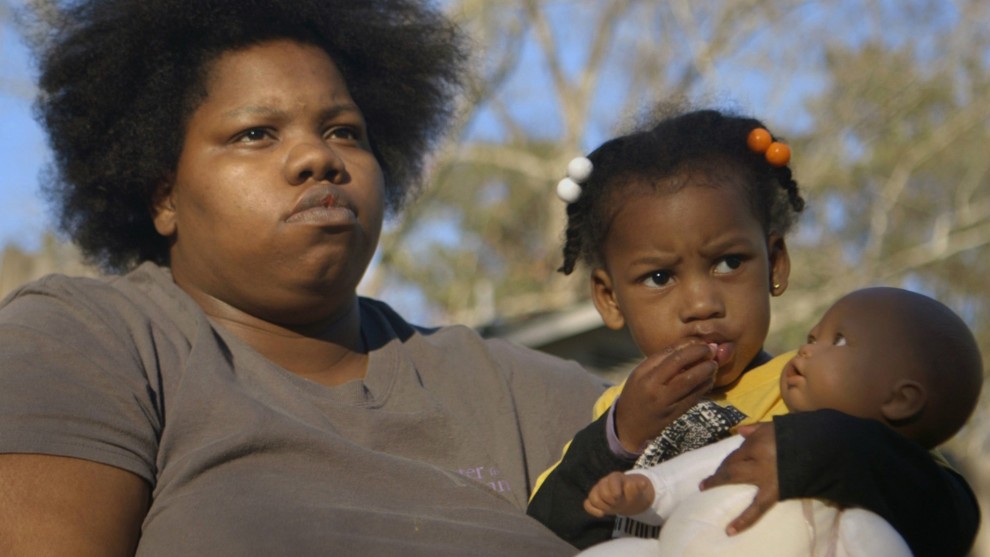
The human cost of the culture wars is front and center in this arresting doc about the relentless assault on women’s reproductive rights in Mississippi. Jackson won Best Documentary Feature at Indie Memphis 2016, and it’s currently finding a national audience on Showtime.
Voter comment:
“This documentary pissed me off and made me feel hopeless, but it also encouraged me to talk to strangers about these feelings. Our national apathy (veiled contempt?) directed toward women and their bodily agency is unacceptable, particularly when it comes to poor women of color. Jackson didn’t flinch.”
“On The Sufferings Of The World” (2016)
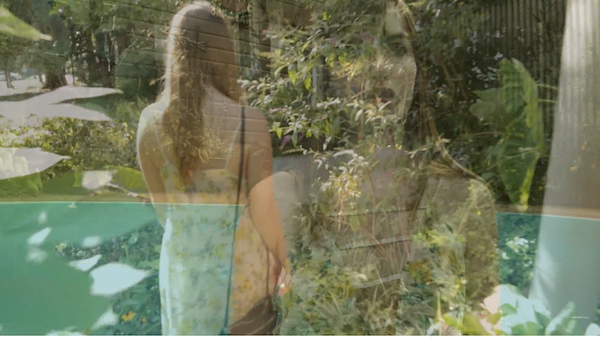
Filmmaker (and Memphis Flyer contributor) Ben Siler is one of Memphis’ most prolific filmmakers. His work got a lot of votes in the our poll, and unexpectedly “whichever Ben Siler film gets the most votes” was a fairly common response. I’ll let his fans speak for themselves:
“Ben Siler was always an unsung hero for me in Memphis movie-making. His strange and unexpectedly poignant short films were always favorites of mine.”
“Just everything Ben Siler’s done. He’s one of the few filmmakers, in Memphis or elsewhere, with a truly unique voice.”
“Ben Siler should be at the top of every list. I idolize him as an experimental filmmaker.”
“Ben Siler is literally a genius and all of his films should be in the Smithsonian.”
The Siler film that closes out our list of Indie Memphis’ Greatest Hits is one of the most radical works ever produced in the Bluff City. Funded by IndieGrant, a program begun in 2014 to give competitive grants to Memphis filmmakers, it’s a collaboration between directors Siler, Edward Valibus, actresses Jessica Morgan and Alexis Grace that started when Siler wanted to marry images with philosopher Arthur Shopenhaur’s essay “On The Sufferings of the World”. It’s most striking feature, the layers of images that are similar but not quite the same, came about when Valibus and Siler were trying to reconcile different cuts of the film. It’s a haunting, beautiful end to our retrospective of the best films of indie Memphis’ first twenty years.
On the Sufferings of the World from Edward Valibus on Vimeo.
Indie Memphis’ Greatest Hits 5: Lights, Movement, And The Zoo (7)
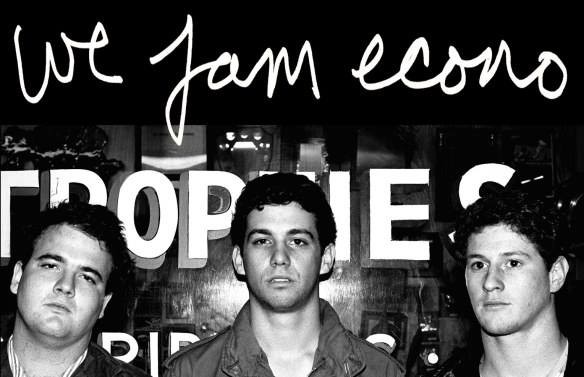

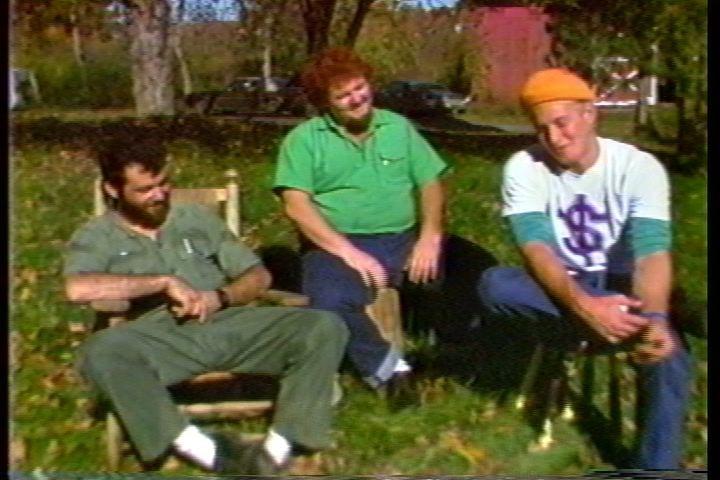



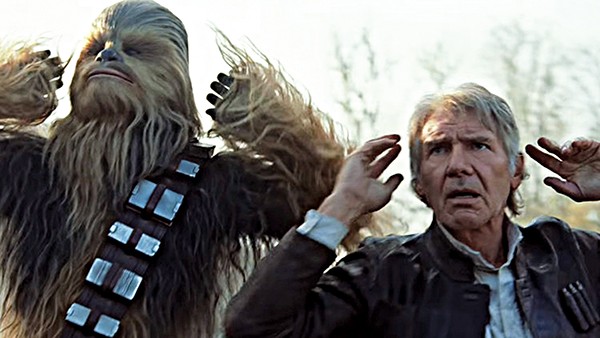
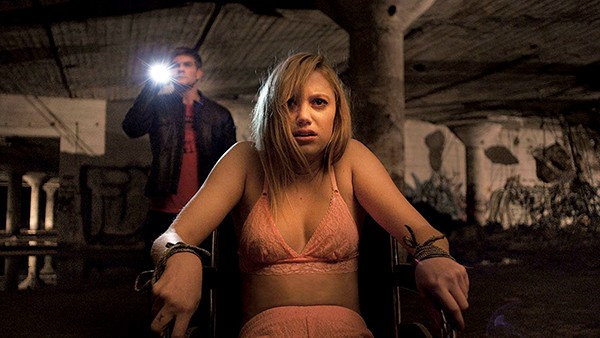


 Andrea Morales
Andrea Morales 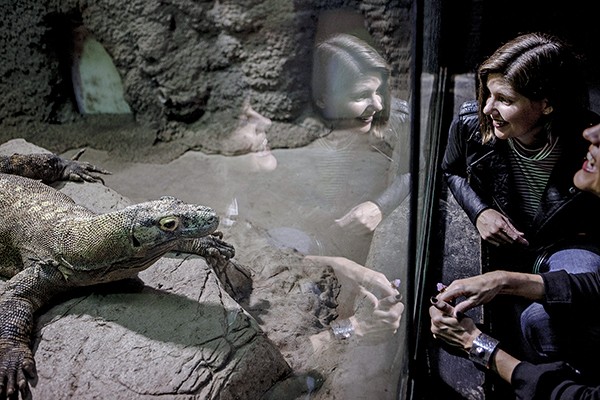 Andrea Morales
Andrea Morales  Jamie Harmon
Jamie Harmon 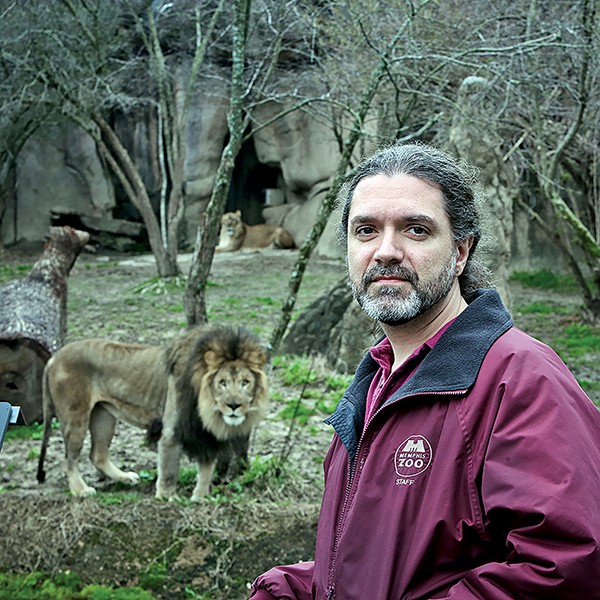 Jamie Harmon
Jamie Harmon 
